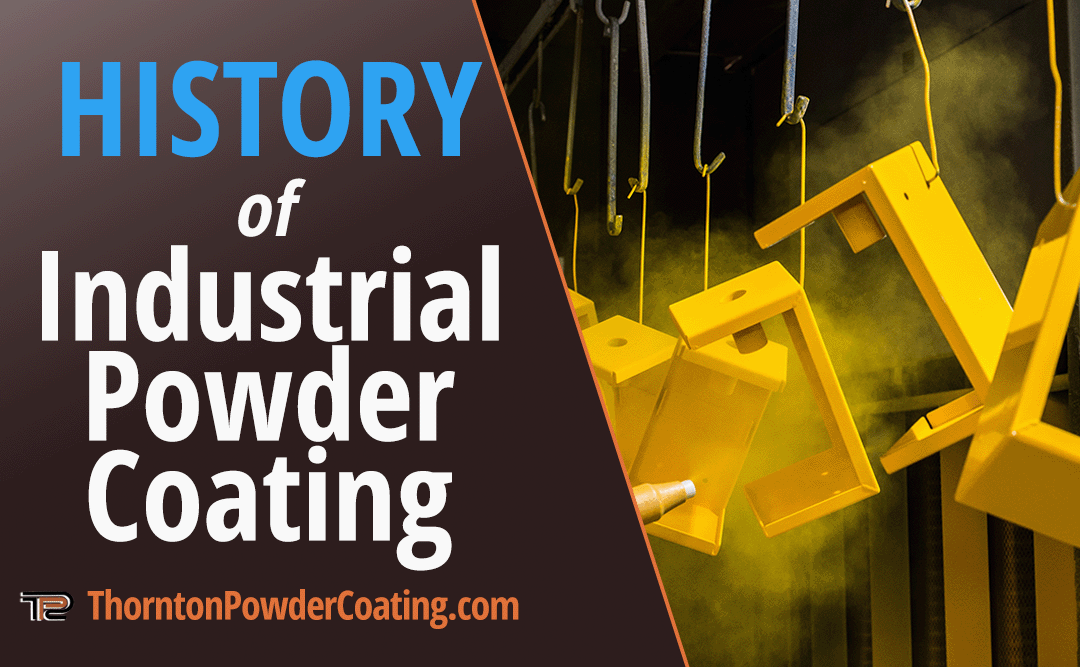Overview of the Development of Industrial Powder Coating
Industrial powder coating has become increasingly popular in modern manufacturing due to its superior finish and cost-effectiveness. The history of industrial powder coating dates back to the 1950s, when it was originally used for architectural applications.
The development of industrial powder coating began with a series of key discoveries, including discoveries about the different stages of the curing process, materials suitable for powder coating, and adhesion techniques. Advances in technology have allowed for further improvements in industrial powder coating, such as faster oven speeds, automated spray systems, and improved application techniques.
Factors That Lead to the Popularity of Industrial Powder Coating
Industrial powder coating has seen a surge in popularity over the past few decades due to its multiple advantages. The primary factors that have led to its popularity include its durability, cost-effectiveness, versatility, and environmental friendliness.
Powder coating can provide superior protection against rust, corrosion, and other elements, making it a reliable choice for industrial applications. Additionally, its powder form and lack of volatile organic compounds (VOCs) make it much less expensive and more environmentally friendly than traditional liquid paints. Lastly, powder coating provides an array of vibrant colors and finishes, enabling manufacturers to create unique products easily.
Key Discoveries that Shaped the Evolution of Industrial Powder Coating
Over the years, key advancements in technology have shaped the evolution of industrial powder coating. The popularity of powder coating has grown due to the increased availability of suitable equipment for curing and applying powder coatings.
New process control systems have also allowed manufacturers to apply precise amounts of powder at high speeds. This improved accuracy and productivity have made powder coating an attractive option for industrial applications.
Furthermore, improved pigment formulations have enabled manufacturers to create vibrant colors with a wider range of effects, from matte finishes to high-gloss textures.
Finally, the discovery and implementation of low-VOC solvents have further enhanced the environmental friendliness of powder coating processes.
How Advances in Technology Have Improved Industrial Powder Coating
Technological advances have revolutionized how industrial powder coating is applied and cured. Automated conveyor systems can apply powder coatings more quickly and accurately than ever before.
The introduction of specialized guns has also allowed manufacturers to apply a range of different finishes, textures, and colors to their products.
Process control systems allow for precise amounts of powder to be applied at high speeds, enabling higher levels of productivity and quality control.
Low-VOC solvents and curing processes have been developed, making the production process more environmentally friendly. As part of our pre-treatment process at Thorton Powder Coating, we use Zirconium Non-Phosphate, which has NO VOC’s or Fumes.
Finally, the application of airless techniques such as electrostatic spraying has improved the application of even thick paints with consistent results every time.
Future Applications and Potential of Industrial Powder Coating
The use of industrial powder coating is expected to continue to grow in the future, thanks to advances in technology and new applications. Automated and robotics-assisted manufacturing processes have become ever more efficient, making them ideal for large-scale powder coating projects.
Additionally, manufacturers are exploring new types of powders that can better withstand extreme temperatures and weather conditions while providing a durable coating solution.
As powder coating continues to improve, it has the potential to revolutionize industrial manufacturing in terms of both efficiency and sustainability.
For more information:
- The Powder Coating Institute https://www.powdercoating.org/
- The U.S. Environmental Protection Agency (EPA) – Powder Coating Technology Update

